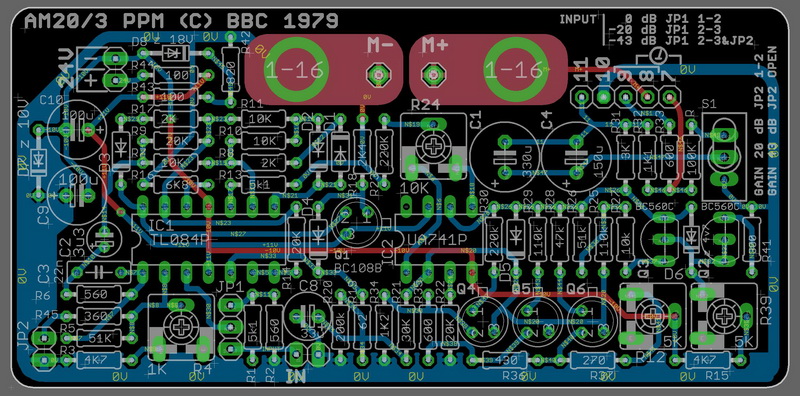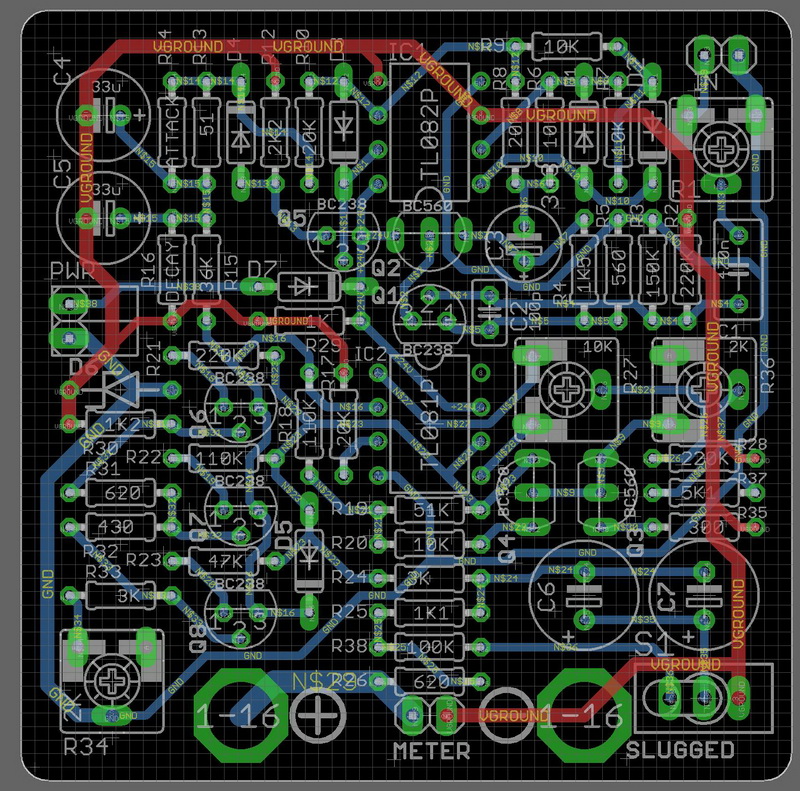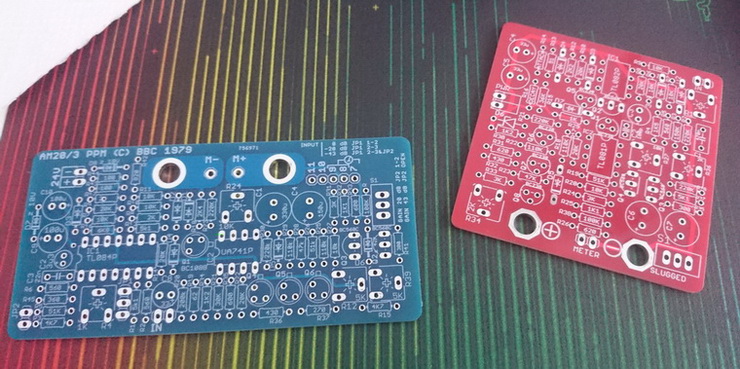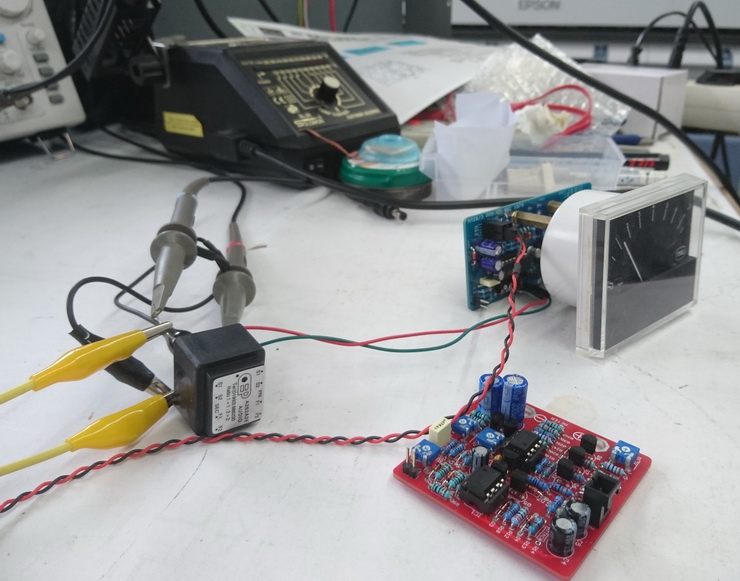flav
Member
Hello guys,
I got my hands on a Sifam 22AF , BBC PPM scale (1-7). i paid for it, you would not believe, 25Lei (less then 5 pounds).
I set myself the task of driving it the proper way so i begun researching. I found some options:
- Rod Elliott's VU / PPM Circuit - http://sound.whsites.net/project55.htm
- surrey ppm3 driver - http://www.saturn-sound.com/images%20-%20cct%20dia/surrey%20electronics%20ppm3%20-%20cct%20dia'.jpg
- ssl ppm - https://www.ka-electronics.com/images/SSL/SSL_PPM.JPG
So, i would like to design a PCB so i can DIY'it (i am very crafty at pcb design but i only have medium/limited electronic knowledge). I plan to do a passive monitor controller and include this meter....
Forgiving my ignorance, i would appreciate some advice to choose one path.
p.s - i allready found and ordered 1s44 diodes on ebay - as used in ssl schematic above, i presume they are germanium
I got my hands on a Sifam 22AF , BBC PPM scale (1-7). i paid for it, you would not believe, 25Lei (less then 5 pounds).
I set myself the task of driving it the proper way so i begun researching. I found some options:
- Rod Elliott's VU / PPM Circuit - http://sound.whsites.net/project55.htm
- surrey ppm3 driver - http://www.saturn-sound.com/images%20-%20cct%20dia/surrey%20electronics%20ppm3%20-%20cct%20dia'.jpg
- ssl ppm - https://www.ka-electronics.com/images/SSL/SSL_PPM.JPG
So, i would like to design a PCB so i can DIY'it (i am very crafty at pcb design but i only have medium/limited electronic knowledge). I plan to do a passive monitor controller and include this meter....
Forgiving my ignorance, i would appreciate some advice to choose one path.
p.s - i allready found and ordered 1s44 diodes on ebay - as used in ssl schematic above, i presume they are germanium















![Electronics Soldering Iron Kit, [Upgraded] Soldering Iron 110V 90W LCD Digital Portable Soldering Kit 180-480℃(356-896℉), Welding Tool with ON/OFF Switch, Auto-sleep, Thermostatic Design](https://m.media-amazon.com/images/I/41gRDnlyfJS._SL500_.jpg)























